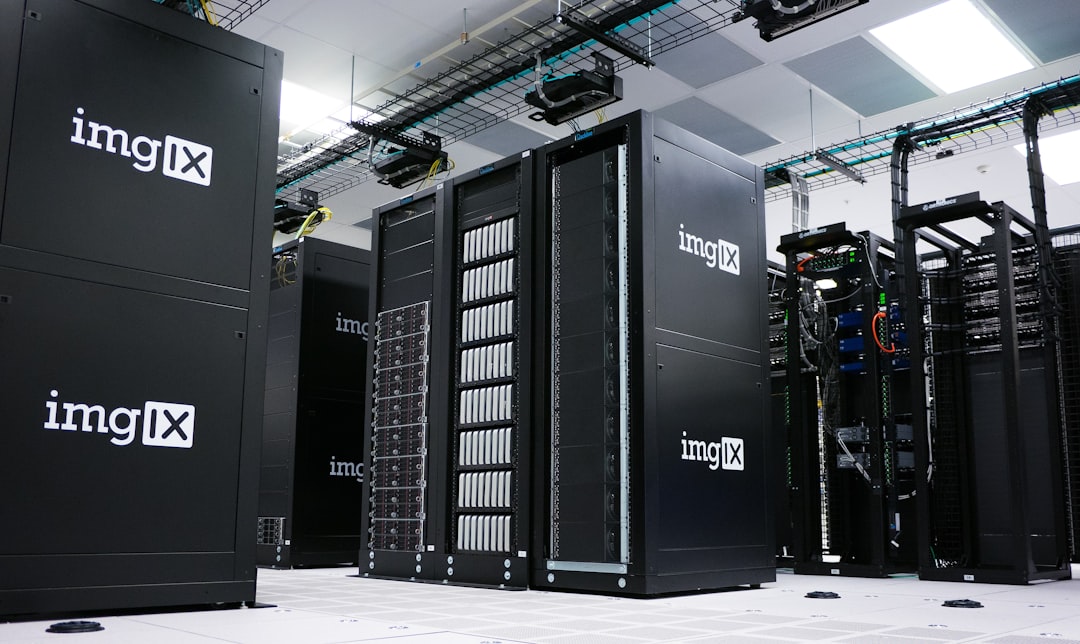
Drone Data Collection and Real-Time Sharing for Efficient Automation
In recent years, drone technology has rapidly evolved, allowing for enhanced data collection and real-time sharing capabilities. This advancement has transformed various sectors, including agriculture, construction, and logistics, enabling efficient automation and streamlined processes. This article delves into the significance of drone data collection and real-time sharing, highlighting current developments, emerging trends, and practical applications.
The Role of Drones in Data Collection
Drones, or Unmanned Aerial Vehicles (UAVs), are equipped with advanced sensors and imaging technologies that allow for high-precision data collection. These capabilities make them indispensable in various industries. For instance, in agriculture, drones can monitor crop health, analyze soil conditions, and assess irrigation needs. This data can be collected quickly and efficiently, offering farmers valuable insights into their operations.
Case Study: Precision Agriculture
A notable application of drone data collection is demonstrated by a leading agricultural firm that utilized drones to monitor crop fields. They implemented a drone-based crop monitoring system that provided real-time data on plant health and growth patterns. By analyzing this data, farmers could make informed decisions on resource allocation, leading to a 20% increase in yield.
Real-Time Data Sharing: A Game Changer
The ability to share data in real-time is a game changer for various industries. Drones equipped with communication technologies allow for instant data transfer to centralized systems, enabling stakeholders to access crucial information on-the-go. This capability enhances decision-making processes and promotes efficient automation.
Example: Construction Industry
In the construction sector, drone data sharing has revolutionized project management. Drones can capture aerial images and create 3D models of sites, which can be shared with project managers and teams in real-time. This ensures that everyone is on the same page and can make timely adjustments to plans, reducing delays and increasing productivity.
Emerging Trends in Drone Data Collection and Sharing
As drone technology continues to advance, several emerging trends are shaping the future of data collection and sharing:
1. Integration with AI and Machine Learning
The integration of artificial intelligence (AI) and machine learning with drone technology is paving the way for smarter data analysis. Drones can now process vast amounts of data and generate actionable insights without human intervention, significantly enhancing efficiency.
2. Enhanced Sensor Technology
Modern drones are equipped with sophisticated sensors, such as LiDAR and multispectral cameras, which provide high-resolution data. This technology is particularly useful in environmental monitoring and urban planning, allowing for detailed assessments of landscapes.
3. Regulatory Advancements
Governments worldwide are recognizing the potential of drones and are implementing regulations to ensure safe and efficient operations. These regulatory frameworks facilitate the use of drones in commercial settings, promoting industry growth.
The Importance of Data Security
With the rise of drone data collection and real-time sharing, data security has become a paramount concern. Organizations must implement robust cybersecurity measures to protect sensitive information from unauthorized access and data breaches. Ensuring compliance with data protection regulations is essential for maintaining trust and credibility.
Tools and Resources for Further Exploration
For those interested in exploring drone data collection and real-time sharing further, consider the following resources:
- DroneDeploy: A platform that enables users to create aerial maps and 3D models from drone data.
- Pix4D: A software suite for processing drone imagery into 3D models and maps.
- DJI: A leading manufacturer of drones and drone technology.
Conclusion
Drone data collection and real-time sharing stand at the forefront of innovation, offering unparalleled efficiency in automation across various industries. By harnessing advanced technologies, organizations can not only improve operations but also make informed decisions based on accurate data. As the industry continues to evolve, keeping abreast of emerging trends and best practices will be crucial for maximizing the benefits of drone technology.
For those looking to stay updated, consider subscribing to newsletters from industry leaders or joining online forums dedicated to drone technology. Sharing your insights and experiences can also contribute to the collective knowledge of this rapidly advancing field.


